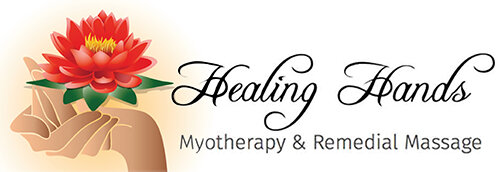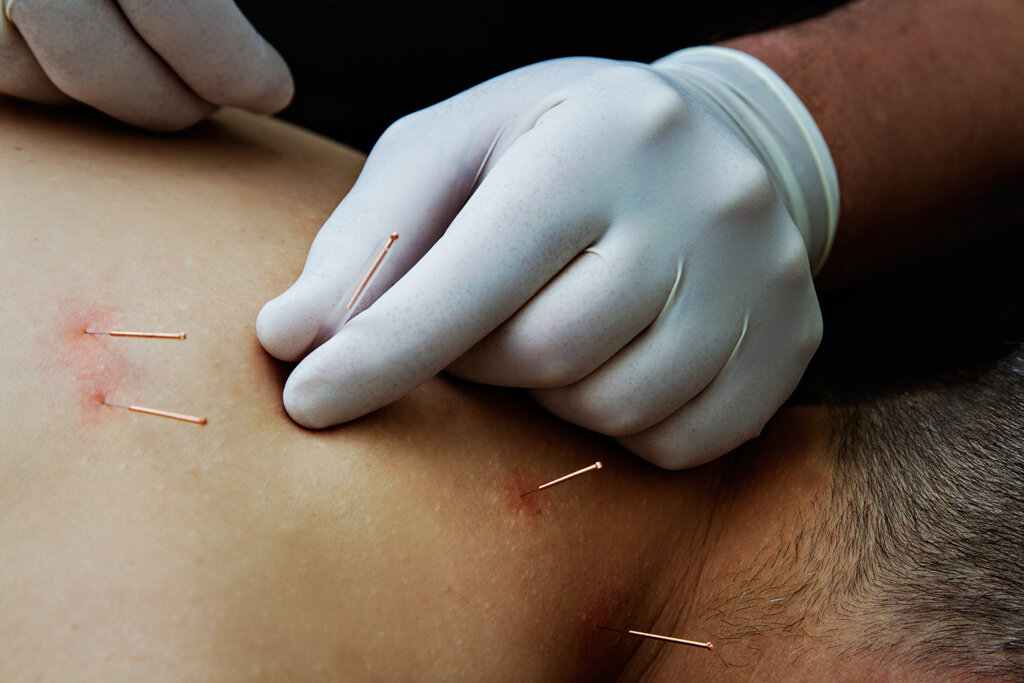What is the difference between Acupuncture and Dry Needling?
We get asked this question quite often. I hope this helps you understand.
The difference between dry needling and acupuncture goes further than that they both use needles. Dry Needling is also known as Myofascial point dry needling and is a remarkable and completely natural treatment for chronic and acute pain. Dry Needling is often used as part of a Myotherapy or Remedial Massage treatment. It is widely misunderstood by many patients who have questions about Dry Needling who liken the procedure to acupuncture. The differences between dry needling and acupuncture actually outweigh the similarities by far.
Dry Needling v’s Acupuncture
Dry needling and acupuncture involve the insertion of thin needles into certain parts of the body, but the similarities stop there.
Acupuncture - during an acupuncture session, needles are inserted into points along meridian lines. These lines represent the body’s organs, and they are based on ancient Chinese medicine. Acupuncture is based on the idea of balance and restoring proper flow of energy throughout the body.
During acupuncture, the needles are usually left in place for 15 to 30 minutes. It is most often used to treat internal ailments, including digestive problems, insomnia, stress and chronic pain.
Dry Needling – Dry needling is a relatively new treatment based on modern Western medicine. This treatment was developed in the 1980s, and during treatment, needles are inserted into trigger points, or tender bands of muscle located within larger muscles.
Dry needling treats muscle tissue, and its goal is to reduce pain, deactivate trigger points and restore function. Dry needling can be used for a wide variety of musculoskeletal issues, such as shoulder, neck, heel, hip and back pain.


